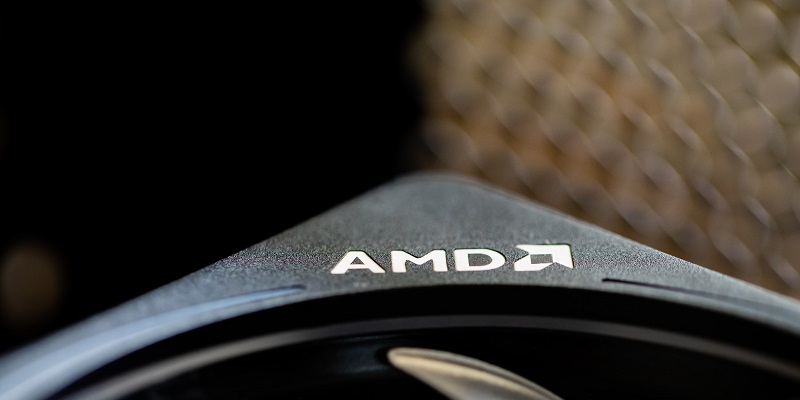The long-awaited AMD Radeon RX 7900 GRE graphics card has finally been unveiled, bringing gamers and enthusiasts a powerful GPU with a significant memory boost. The packaging confirms a 16 GB memory capacity, providing users with ample room for high-resolution gaming and resource-intensive tasks. Let’s take a closer look at the details and specifications of this impressive graphics card.
The Sapphire Radeon RX 7900 GRE variant stands out with its unique design elements. Notably, it features a smaller retention bracket and a reduced capacitor area on the flip side of the PCB, specifically under the Navi 31 GPU. This design choice suggests that some modifications have been made compared to the 7900 XT model, potentially optimizing performance.
Specifications
The AMD Radeon RX 7900 GRE graphics card boasts 84 RDNA 3 compute units, providing a similar core configuration to the Radeon RX 7900 XT. However, there is a slight adjustment in the memory configuration, with a streamlined 256-bit interface alongside the confirmed 16 GB memory. It’s important to note that the Infinity Cache, which is tied to the bus interface within each of the six MCDs, features 64 MB – 26 MB lower than the RX 7900 XT.
Potential Release Information
While the exact launch date remains unknown, we can expect the AMD Radeon RX 7900 GPU to hit the market soon. Speculations suggest that these graphics cards may be priced slightly lower than the RX 7900 XT, which currently retails around $849 US. A potential price range of $749-$799 US is anticipated, allowing AMD to compete with NVIDIA’s upcoming RTX 4070 series.
Competition and Pricing
In order to rival NVIDIA’s offerings, AMD aims to strike a balance between performance and affordability. By pricing the AMD Radeon RX 7900 GRE in the $749-$799 US range, consumers can enjoy high-end graphics capabilities without breaking the bank. However, it is important to note that the availability of this variant and whether it is a mass-produced option or a timed-exclusive design remain uncertain.
Rumored Upcoming GPUs
The AMD Radeon RX 7900 GRE is not the only exciting product from the company’s lineup. Rumors suggest that AMD will also unveil the Radeon RX 7800 XT and RX 7700 XT GPUs around September. These cards are anticipated to offer impressive performance and may bring further advancements in gaming technology.
Verification of Product Existence
Speculation about the AMD Radeon RX 7900 GRE started when it first appeared in an online database alongside an early sample of the Zen 5 CPUs. However, leaked pictures shared by @wxnod have now confirmed the existence of the product. The images showcase the Sapphire Nitro variant of the graphics card, featuring a massive triple-fan and triple-slot cooler for effective heat dissipation.
The Sapphire Nitro variant of the AMD Radeon RX 7900 GRE is truly a sight to behold. With its triple-fan and triple-slot cooler, it ensures optimal thermal performance, allowing users to push their graphics card to the limits while maintaining low temperatures. This design choice is particularly appealing to those who prioritize a cool and quiet gaming experience.
The AMD Radeon RX 7900 GPU is an exciting addition to the growing range of high-performance GPUs. With its confirmed 16 GB memory capacity, streamlined specifications, and potential for a lower price point, it is poised to provide strong competition to NVIDIA’s RTX 4070 series. As we await its official release date, the AMD Radeon RX 7900 promises exceptional gaming experiences and is expected to meet the demands of enthusiasts worldwide. Additionally, with rumored upcoming GPUs like the Radeon RX 7800 XT and RX 7700 XT, AMD continues to solidify its presence in the graphics card market, promising further advancements in the near future.

